
I can think of few other artists in the midst of a hot streak quite as wonderful as the one Chuck Johnson is currently enjoying, as nearly everything he has released since 2017’s Balsams has been downright revelatory. In keeping with that theme, his return to solo work is yet another sublime stunner and a strong contender for his finest album to date.  While Johnson wisely does not depart much from his winning Balsams aesthetic, he does subtly expand his palette with some help from Sarah Davachi, a small string ensemble, and an endearingly exacting approach to reverb.  For the most part, however, everything beyond his swooningly gorgeous pedal steel playing is merely icing on an already perfect cake: virtually no one crafts warm, achingly beautiful soundscapes better than Chuck Johnson and he seems to only get better at it with each new release.
The album opens with an absolute masterpiece in the form of "Raz-de-Marée," which poignantly combines a lovely descending organ theme with a lazily shimmering haze of pedal steel heaven. Everything about it is damn near perfect, from the melodies to the textures right down to the bittersweetly beautiful mood. It is frankly an impossible act to follow, which makes the more vaporous "Serotiny" pale a bit by comparison, though its floating dreamscape is still a very pleasant place to linger. The strongest pieces tend to be the ones that anchor the sliding, liquid bliss of the pedal steel with something more solid though, as the instrument can start to feel a bit weightless on its own. On "Constellation," that solidity is initially provided by a repeating pattern of warm bass tones, but the structure eventually gets fleshed out further by some reverberant piano chords courtesy of Davachi. The following "Red Branch Bell" is the album's most adventurous and unexpected delight, as Johnson fades into the background while a churning string theme steadily builds in visceral intensity, then reappears to finish the piece with a languorously psychedelic coda. The closing "The Laurel" feels similarly epic, marrying an elegiac string motif with some achingly beautiful pedal steel that evokes vivid steaks of color in a slow-motion sunset—a fittingly great end to a near-perfect album. Johnson hits the mark on nearly every possible detail with The Cinder Grove, but my favorite facet (aside from the songs themselves) is just how incredibly wonderful it all sounds, especially the way the sharper textures of the strings tear through the soft-focus swirl of dreamily sliding melodies. This album is going to be in heavy rotation here for a long time.
Samples can be found here.


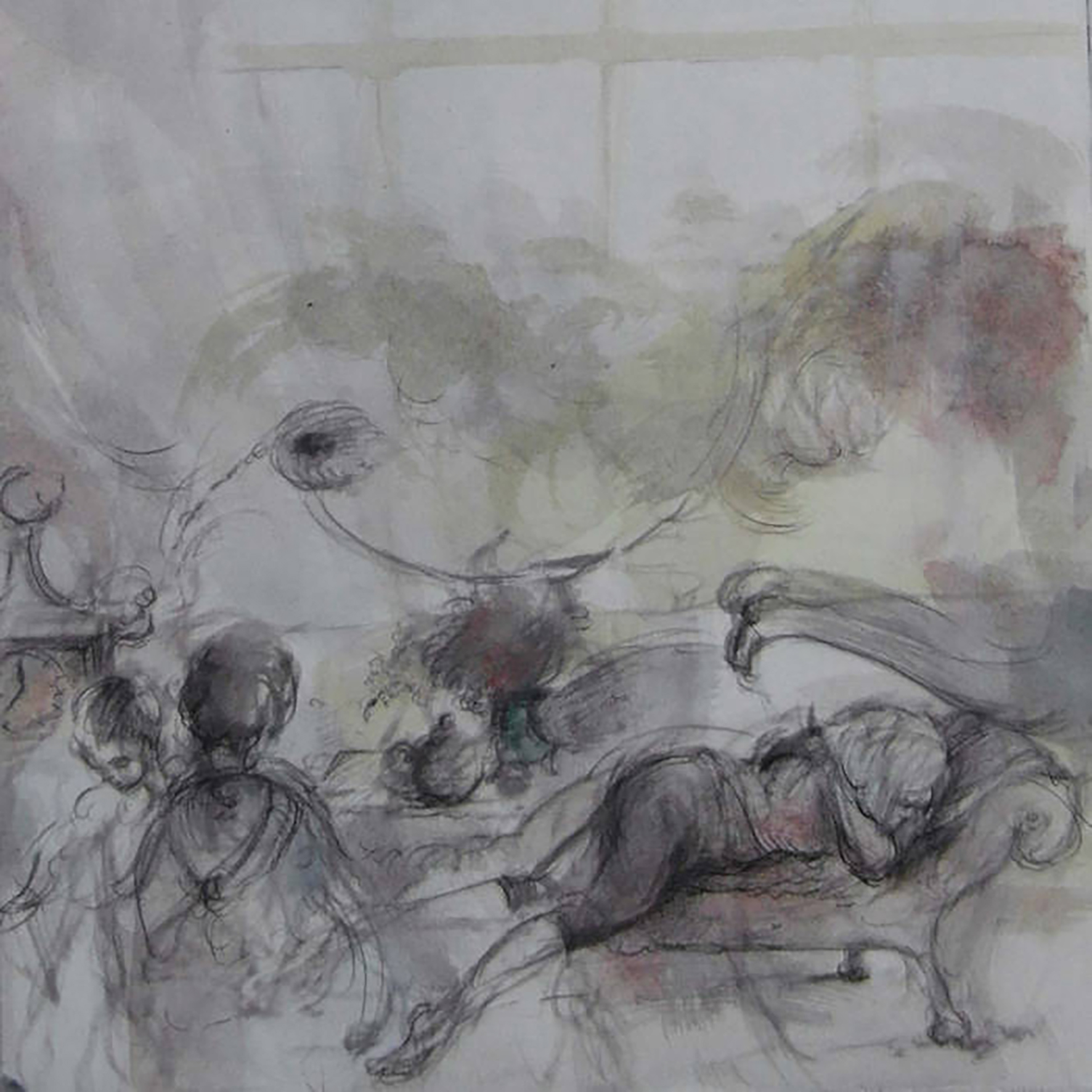
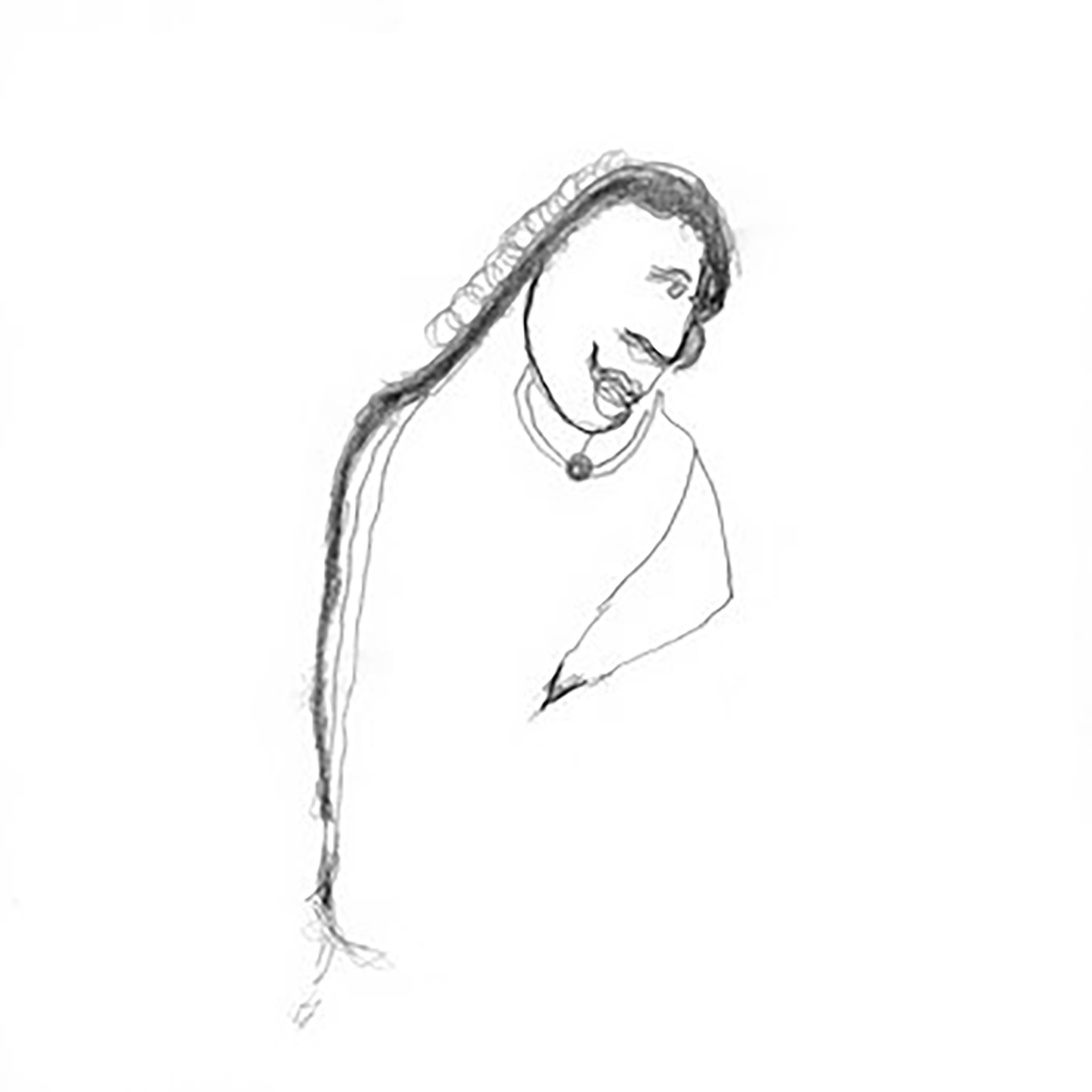
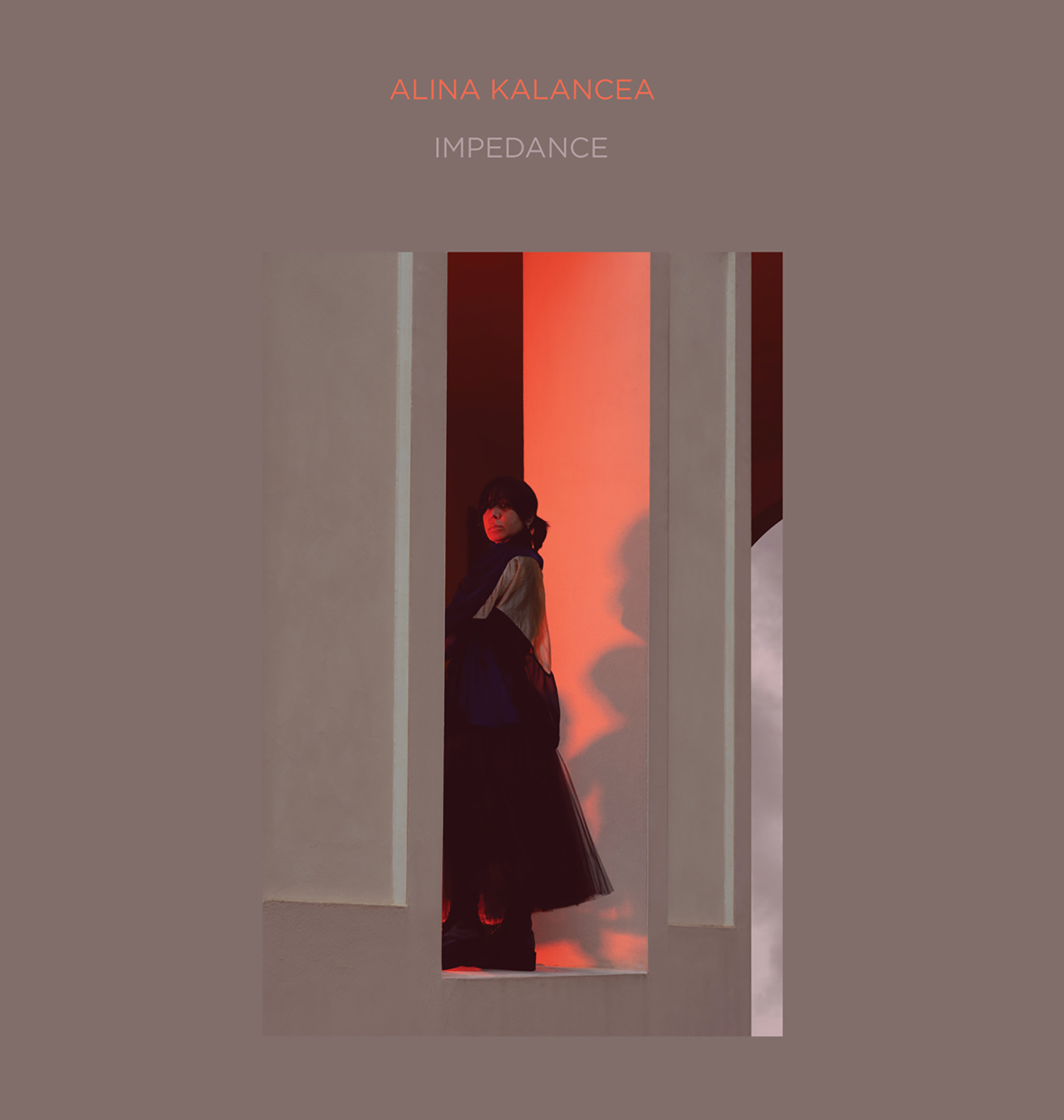

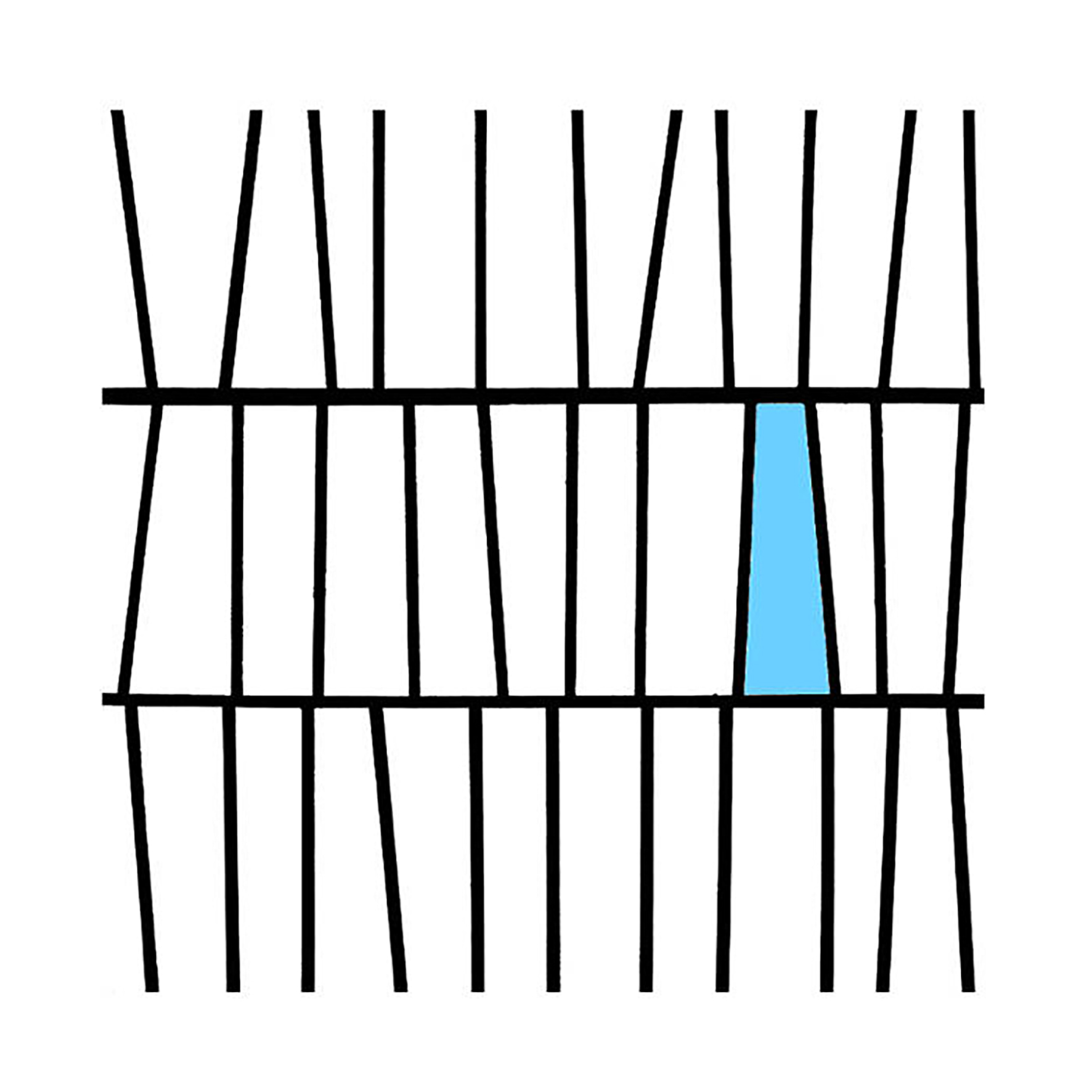
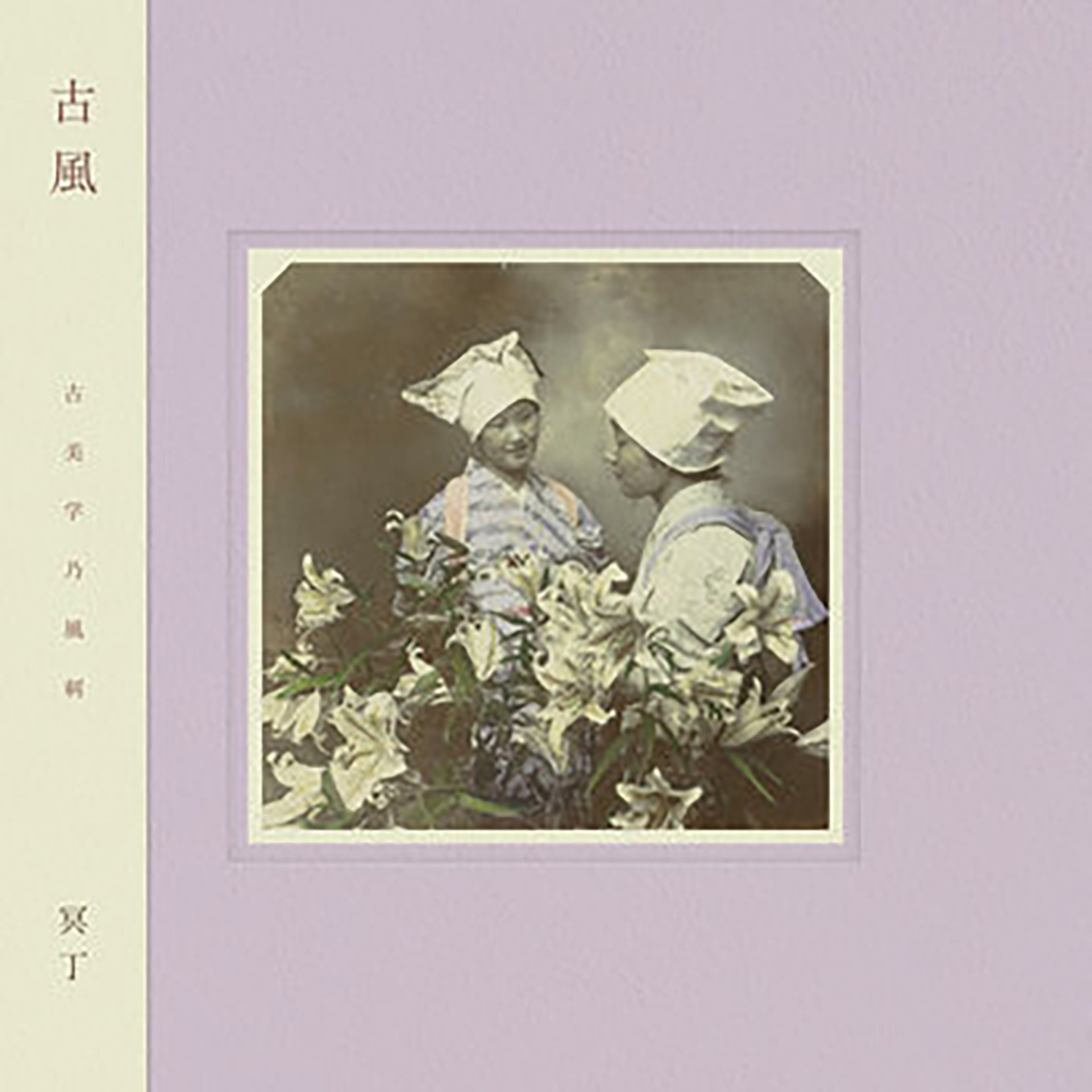
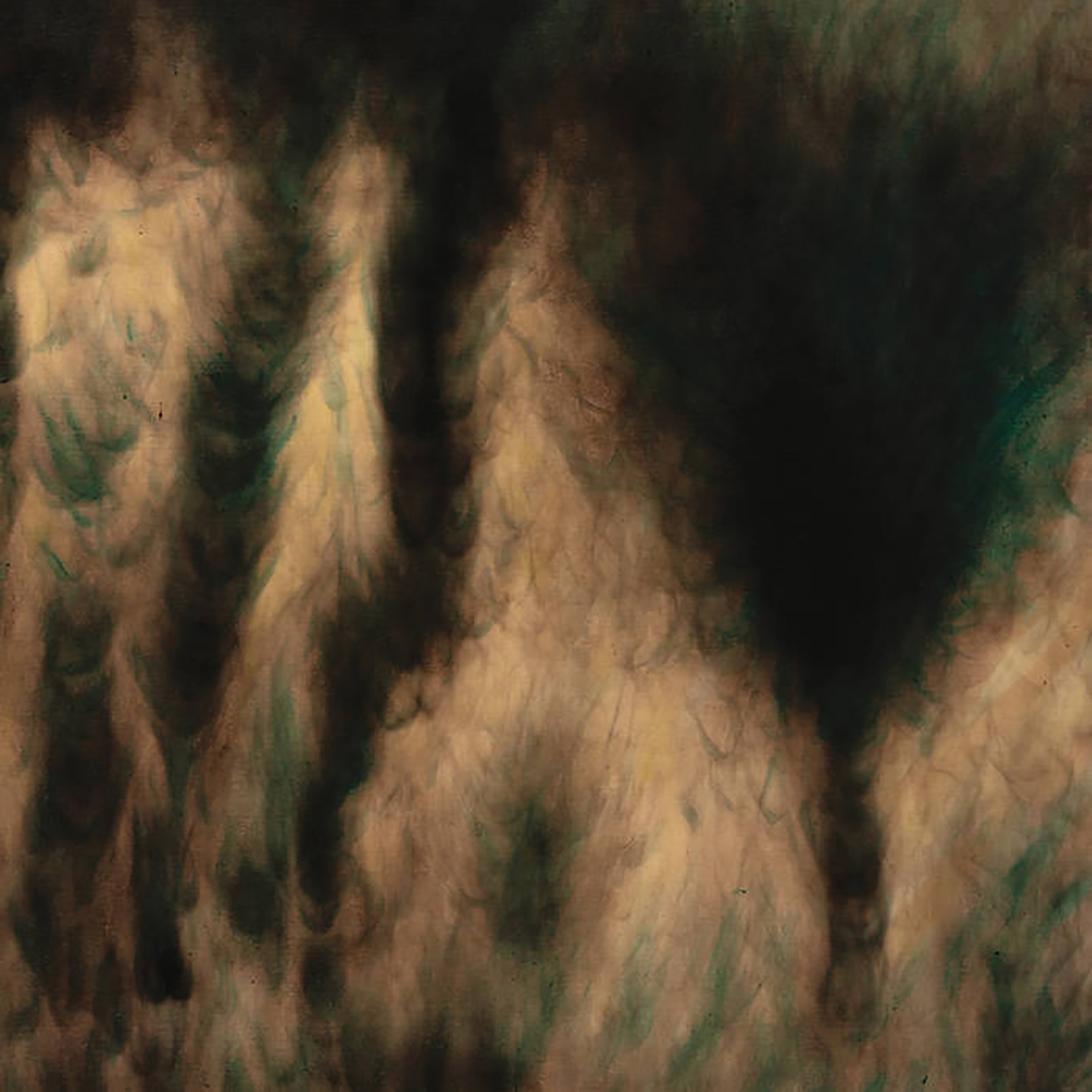
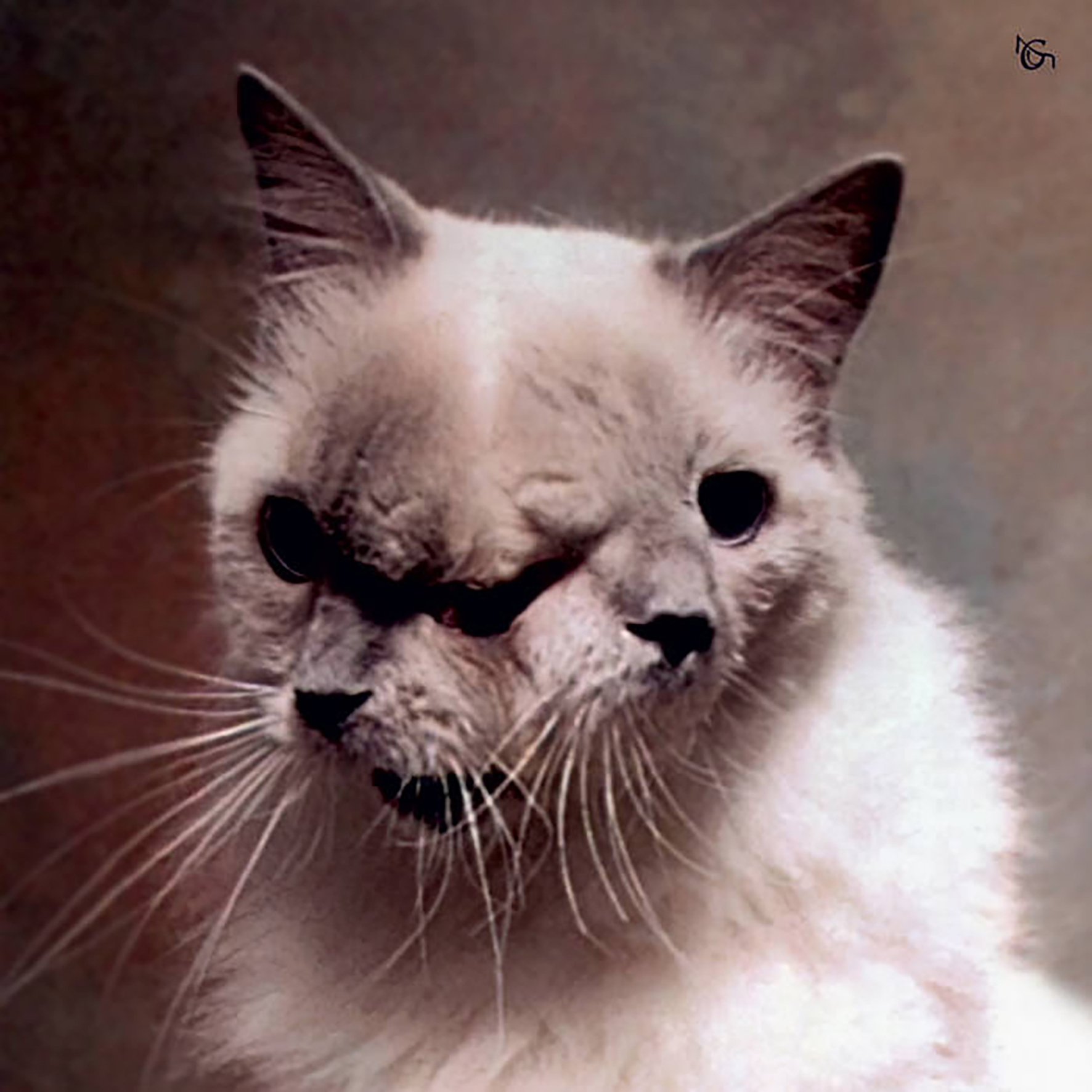
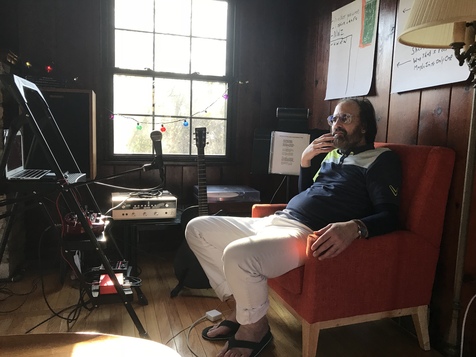


 While there have been a few excellent books published about individual bands published over the years (Wreckers of Civilisation and England's Hidden Reverse spring to mind), no one has quite gotten around to writing a definitive history of industrial music yet. Reed, currently a professor of music at Ithaca College, has certainly made a valiant attempt though (and scored a major coup by getting Oxford University Press to put it out as well). Assimilate is essentially half of a truly wonderful book: Reed does a spectacular job chronicling both the formative years of industrial music and its ties to radical art movements, but ultimately gets bogged down a bit in theory and some perplexing choices in focus.
While there have been a few excellent books published about individual bands published over the years (Wreckers of Civilisation and England's Hidden Reverse spring to mind), no one has quite gotten around to writing a definitive history of industrial music yet. Reed, currently a professor of music at Ithaca College, has certainly made a valiant attempt though (and scored a major coup by getting Oxford University Press to put it out as well). Assimilate is essentially half of a truly wonderful book: Reed does a spectacular job chronicling both the formative years of industrial music and its ties to radical art movements, but ultimately gets bogged down a bit in theory and some perplexing choices in focus.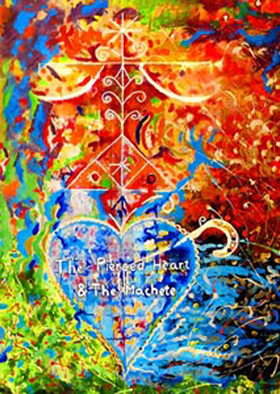 In the past, I have definitely preferred Sublime Frequencies' musical releases to their cinematic ones, but Olivia Wyatt's follow-up to Staring into the Sun is quite a beguiling exception to that trend. Naturally, one major reason that this film is so great is the exotic and fascinating subject matter (Vodou pilgrimages in Haiti). However, Wyatt's skillful execution elevates her footage into something truly wonderful, lushly and kinetically capturing the unique and occasionally disturbing sights and sounds of a world that very few non-Haitians will ever to experience first-hand.
In the past, I have definitely preferred Sublime Frequencies' musical releases to their cinematic ones, but Olivia Wyatt's follow-up to Staring into the Sun is quite a beguiling exception to that trend. Naturally, one major reason that this film is so great is the exotic and fascinating subject matter (Vodou pilgrimages in Haiti). However, Wyatt's skillful execution elevates her footage into something truly wonderful, lushly and kinetically capturing the unique and occasionally disturbing sights and sounds of a world that very few non-Haitians will ever to experience first-hand. This latest release from the long-running duo of Jonnine Standish and Nigel Yang is quite a bombshell, as Rhinestones was "inspired by a recent infatuation with 'eerie and gothic country music.'" To my ears, HTRK drawing inspiration from classic country heartache is already a winning formula right out of the gate, yet Rhinestones is even better than I might have hoped, as the Melbourne-based pair have spiced that new direction up further by filtering it through a "narcotic, nocturnal lens" in order to "map enigmatic badlands of strung out beauty" (count me in!). In less poetic terms, that means that Rhinestones is full of acoustic guitars, heartbreak, and half-sultry/half-ghostly vocal melodies and that every single one of these nine songs attain some degree of greatness. While yet another excellent HTRK album is hardly unexpected territory, I was nevertheless legitimately floored by how masterfully Standish and Yang executed this new vision, as Rhinestones is a beautifully stark, sensual, and effortlessly psychedelic tour de force that somehow also fitfully evokes great '80s pop in the vein of Pat Benatar. That is quite an impressive feat. This album will deservedly be all over "best of 2021" lists next month.
This latest release from the long-running duo of Jonnine Standish and Nigel Yang is quite a bombshell, as Rhinestones was "inspired by a recent infatuation with 'eerie and gothic country music.'" To my ears, HTRK drawing inspiration from classic country heartache is already a winning formula right out of the gate, yet Rhinestones is even better than I might have hoped, as the Melbourne-based pair have spiced that new direction up further by filtering it through a "narcotic, nocturnal lens" in order to "map enigmatic badlands of strung out beauty" (count me in!). In less poetic terms, that means that Rhinestones is full of acoustic guitars, heartbreak, and half-sultry/half-ghostly vocal melodies and that every single one of these nine songs attain some degree of greatness. While yet another excellent HTRK album is hardly unexpected territory, I was nevertheless legitimately floored by how masterfully Standish and Yang executed this new vision, as Rhinestones is a beautifully stark, sensual, and effortlessly psychedelic tour de force that somehow also fitfully evokes great '80s pop in the vein of Pat Benatar. That is quite an impressive feat. This album will deservedly be all over "best of 2021" lists next month.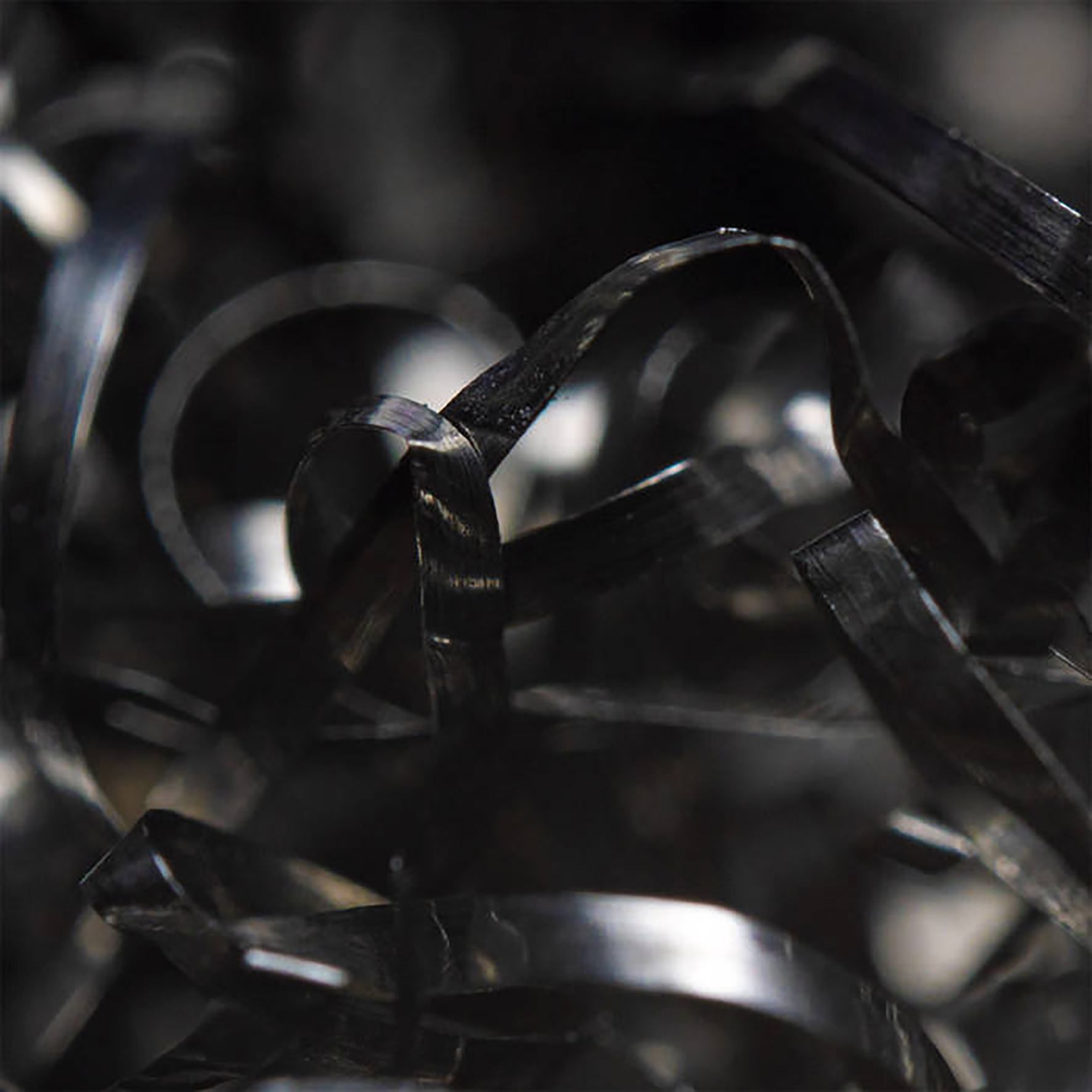 This is my first encounter with the unique fare of Berlin's One Instrument Records, but I have probably stumbled upon Felicity Mangan's work before, as she released an EP of animal-sourced sound art on Longform Editions back in 2019 and she is also half of the duo Native Instrument.  While it may sound like a stretch to call the multi-directional "quasi-bioacoustic sound piece" of her Longform EP Stereo'frog'ic "normal," it is nevertheless fair to say that frogs and homemade speakers are considerably closer to Mangan's comfort zone than a harmonica album (which is good, as I generally loathe harmonicas). And yet here we are: Bell Metal Reeds is an entirely harmonica-sourced album (Mangan picked one up at a flea market in Hamburg right before the pandemic). In most cases, learning that someone recorded a solo harmonica album over lockdown would—at best—elicit a wince, heavy sigh, or torrent of expletives from me, yet Mangan has somehow managed to wield the instrument so unconventionally and so beautifully that my mind has been properly blown. This is an incredible album, at times recalling everything from classic Kranky fare a la Windy & Carl to Neu! to Chris Watson.
This is my first encounter with the unique fare of Berlin's One Instrument Records, but I have probably stumbled upon Felicity Mangan's work before, as she released an EP of animal-sourced sound art on Longform Editions back in 2019 and she is also half of the duo Native Instrument.  While it may sound like a stretch to call the multi-directional "quasi-bioacoustic sound piece" of her Longform EP Stereo'frog'ic "normal," it is nevertheless fair to say that frogs and homemade speakers are considerably closer to Mangan's comfort zone than a harmonica album (which is good, as I generally loathe harmonicas). And yet here we are: Bell Metal Reeds is an entirely harmonica-sourced album (Mangan picked one up at a flea market in Hamburg right before the pandemic). In most cases, learning that someone recorded a solo harmonica album over lockdown would—at best—elicit a wince, heavy sigh, or torrent of expletives from me, yet Mangan has somehow managed to wield the instrument so unconventionally and so beautifully that my mind has been properly blown. This is an incredible album, at times recalling everything from classic Kranky fare a la Windy & Carl to Neu! to Chris Watson. A few years ago, when I lived in Boston, a WZBC DJ nearly made my head explode with his inspired decision to play a full 45-minute side of Natural Snow Buildings' crushing drone epic Slayer of the King of Hell in the middle of the day.  The band sounded like absolutely nothing that I had ever heard before and I immediately resolved to find out absolutely everything I could about them and track down all of their albums.  Both endeavors wound up being much more difficult than I had anticipated.
A few years ago, when I lived in Boston, a WZBC DJ nearly made my head explode with his inspired decision to play a full 45-minute side of Natural Snow Buildings' crushing drone epic Slayer of the King of Hell in the middle of the day.  The band sounded like absolutely nothing that I had ever heard before and I immediately resolved to find out absolutely everything I could about them and track down all of their albums.  Both endeavors wound up being much more difficult than I had anticipated. This latest collection continues Sublime Frequencies' impressive hot streak of releases this year, as Hisham Mayet has curated a selection of elusive instrumental pieces from "a towering figure in Arabic cultural history." Unsurprisingly, I have not knowingly encountered Hamdi's work before, as SF is always way ahead of the curve in digging up revelatory artists unfamiliar to most western ears, but Mayet and the songs he selected make a convincing case that Hamdi was indeed behind "some of the hippest music coming out of the Middle East from the late 1960s and throughout the 1970s." It was rare for Hamdi's work to surface under his own name, however, as most of his success and influence came from composing for a host of famous Arabic singers or scoring films, plays, and television. This collection, however, focuses on a very specific era of Hamdi's career in which Mayet believes the composer and his Diamond Orchestra perfected a modernized "international music" that elegantly combined "Eastern tinged jazz, theremin draped orchestral noir, and mid-east and eastern psychedelic exotica." Naturally, most of the original albums are exasperatingly elusive and expensive, but the rarity of these songs is secondary to their quality. This scratches roughly the same itch as other classic SF "pop" compilations like Bollywood Steel Guitar and Shadow Music of Thailand.
This latest collection continues Sublime Frequencies' impressive hot streak of releases this year, as Hisham Mayet has curated a selection of elusive instrumental pieces from "a towering figure in Arabic cultural history." Unsurprisingly, I have not knowingly encountered Hamdi's work before, as SF is always way ahead of the curve in digging up revelatory artists unfamiliar to most western ears, but Mayet and the songs he selected make a convincing case that Hamdi was indeed behind "some of the hippest music coming out of the Middle East from the late 1960s and throughout the 1970s." It was rare for Hamdi's work to surface under his own name, however, as most of his success and influence came from composing for a host of famous Arabic singers or scoring films, plays, and television. This collection, however, focuses on a very specific era of Hamdi's career in which Mayet believes the composer and his Diamond Orchestra perfected a modernized "international music" that elegantly combined "Eastern tinged jazz, theremin draped orchestral noir, and mid-east and eastern psychedelic exotica." Naturally, most of the original albums are exasperatingly elusive and expensive, but the rarity of these songs is secondary to their quality. This scratches roughly the same itch as other classic SF "pop" compilations like Bollywood Steel Guitar and Shadow Music of Thailand.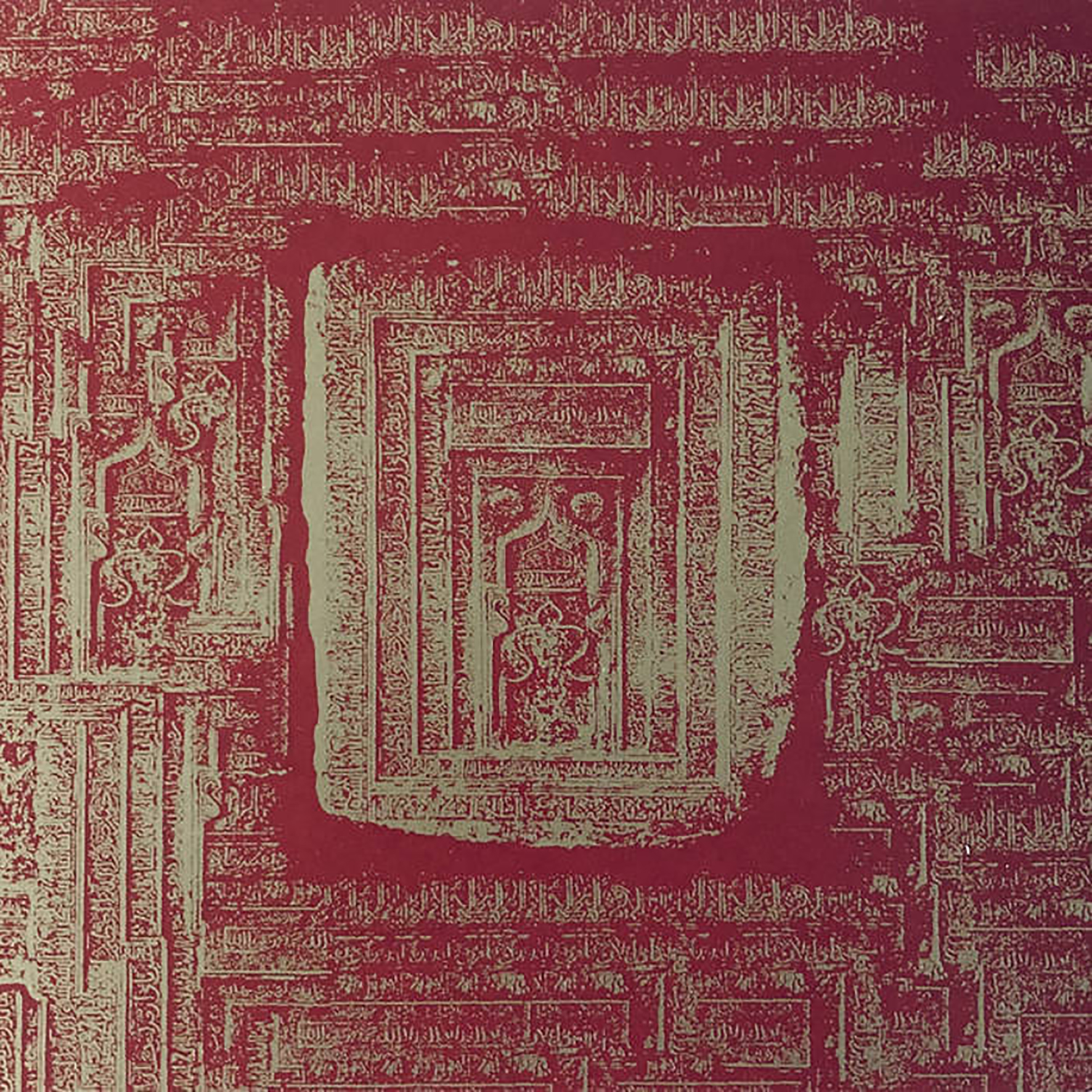 I am a bit late to the party with this project from "NYC-based, Iranian-Canadian brothers" Mohammed and Mehdi Mehrabani-Yeganeh, as they have been steadily releasing oft-killer music since 2017. This is their first album for Important, however, and it makes for a perplexingly unrepresentative introduction to their work, taking their more industrial tendencies in an unconventionally jazz-inspired direction with mixed results. That said, the brothers make a conscious point of attempting to "present new ideas" with each fresh release, so a truly representative album may never exist. Instead, each album is a snapshot of their thoughts and inspirations at one particular stage of their evolution. Similarly, the brothers are unswervingly devoted to making their music personal by rooting it in their own stories. Conceptually, that makes To Live A La West the Saint Abdullah album inspired by the time the brothers were allowed to attend a dance after their sixth grade graduation. The album is quite a bit harder to define stylistically, however. While the brothers cite Jon Hassell's Fourth World aesthetic as one major source of inspiration, I cannot think of any artists who explore similarly eclectic territory to this album’s curious mixture of free jazz and industrial-tinged experimentation mingled with shades of electronic pop and Iranian music. To my ears, this album could not be much further from the sights and sounds of a middle school dance (even filtered through psychedelic sensibility), but the best moments achieve a kind of strange beauty akin to Carter Tutti Void teaming with up some Egyptian jazz guys to record a very strange and unconventional film soundtrack. The other moments are considerably harder to explain, as they resemble industrial jazz vamps made by an AI whose primary influence is '80s arcade game sounds.
I am a bit late to the party with this project from "NYC-based, Iranian-Canadian brothers" Mohammed and Mehdi Mehrabani-Yeganeh, as they have been steadily releasing oft-killer music since 2017. This is their first album for Important, however, and it makes for a perplexingly unrepresentative introduction to their work, taking their more industrial tendencies in an unconventionally jazz-inspired direction with mixed results. That said, the brothers make a conscious point of attempting to "present new ideas" with each fresh release, so a truly representative album may never exist. Instead, each album is a snapshot of their thoughts and inspirations at one particular stage of their evolution. Similarly, the brothers are unswervingly devoted to making their music personal by rooting it in their own stories. Conceptually, that makes To Live A La West the Saint Abdullah album inspired by the time the brothers were allowed to attend a dance after their sixth grade graduation. The album is quite a bit harder to define stylistically, however. While the brothers cite Jon Hassell's Fourth World aesthetic as one major source of inspiration, I cannot think of any artists who explore similarly eclectic territory to this album’s curious mixture of free jazz and industrial-tinged experimentation mingled with shades of electronic pop and Iranian music. To my ears, this album could not be much further from the sights and sounds of a middle school dance (even filtered through psychedelic sensibility), but the best moments achieve a kind of strange beauty akin to Carter Tutti Void teaming with up some Egyptian jazz guys to record a very strange and unconventional film soundtrack. The other moments are considerably harder to explain, as they resemble industrial jazz vamps made by an AI whose primary influence is '80s arcade game sounds.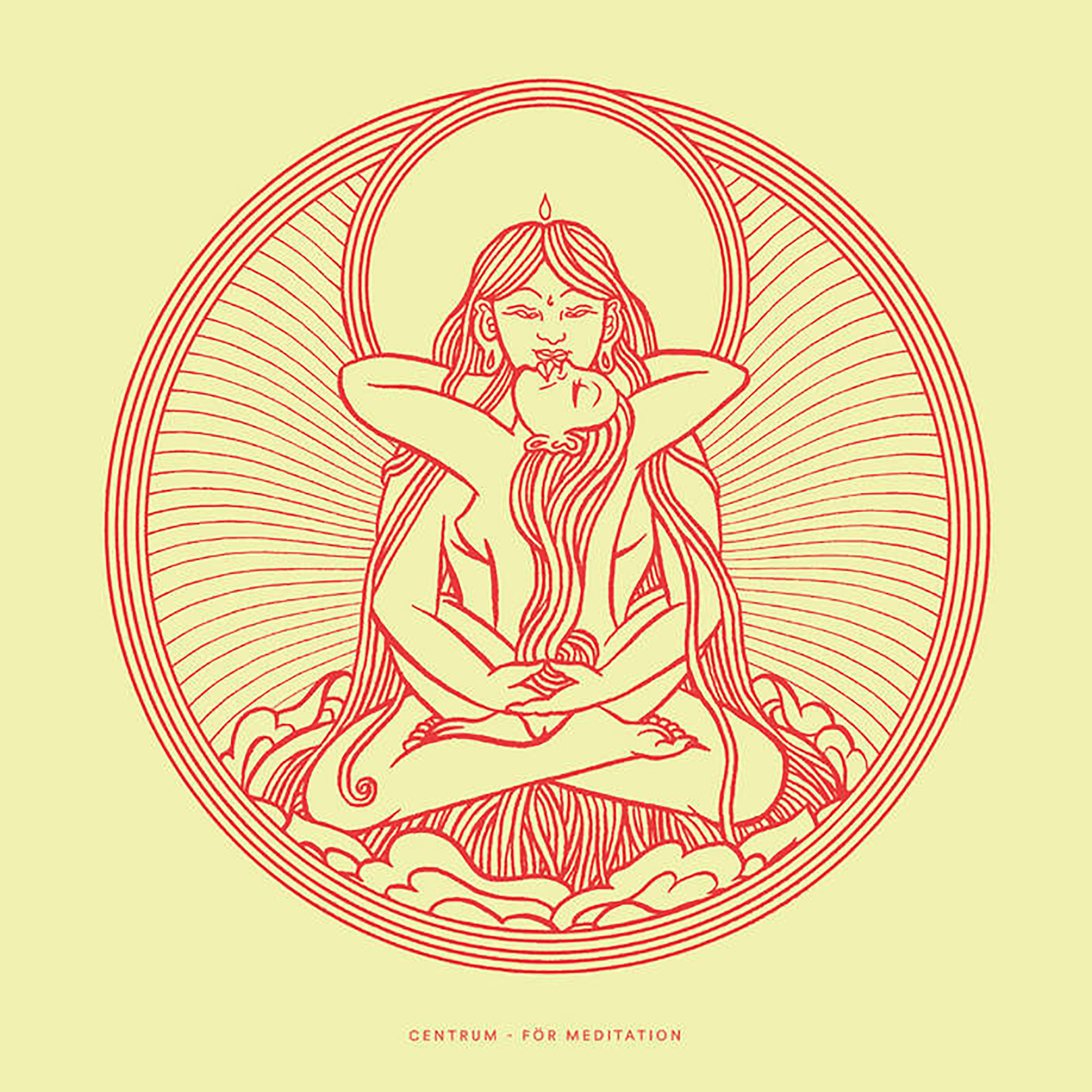 I probably do not follow the contemporary psych-rock scene as closely as I should, so this 2019 side project from Sweden's Hills managed to elude me for a couple of years. On one level, the leap from Hills to Centrum is not exactly a dramatic one, as För Meditation arguably resembles a Hills album with the electronic guitars and jammier tendencies excised. On a deeper level, however, the spell that Centrum casts is very different from that of most modern psych bands, as För Meditation feels like a lost classic from the late '60s/early '70s nexus where hallucinogens, Pandit Pran Nath, and eastern religion collectively transformed the more adventurous fringes of rock forever. In more practical terms, that means that För Meditation is full of droning, chanting, and raga-damaged psychedelia great enough to earn Centrum a place in my personal pantheon of Swedish psych/free music titans like Parson Sound and Träd, Gras och Stenar. They clearly also learned a trick or two from more recent bands too though, as they do an impressive job of sidestepping the genre's more indulgent tendencies and beautifully channel the killer ride cymbal grooves of classic Om (albeit opting more for hypnotic repetition than muscular intensity and virtuosic flourishes).
I probably do not follow the contemporary psych-rock scene as closely as I should, so this 2019 side project from Sweden's Hills managed to elude me for a couple of years. On one level, the leap from Hills to Centrum is not exactly a dramatic one, as För Meditation arguably resembles a Hills album with the electronic guitars and jammier tendencies excised. On a deeper level, however, the spell that Centrum casts is very different from that of most modern psych bands, as För Meditation feels like a lost classic from the late '60s/early '70s nexus where hallucinogens, Pandit Pran Nath, and eastern religion collectively transformed the more adventurous fringes of rock forever. In more practical terms, that means that För Meditation is full of droning, chanting, and raga-damaged psychedelia great enough to earn Centrum a place in my personal pantheon of Swedish psych/free music titans like Parson Sound and Träd, Gras och Stenar. They clearly also learned a trick or two from more recent bands too though, as they do an impressive job of sidestepping the genre's more indulgent tendencies and beautifully channel the killer ride cymbal grooves of classic Om (albeit opting more for hypnotic repetition than muscular intensity and virtuosic flourishes).
